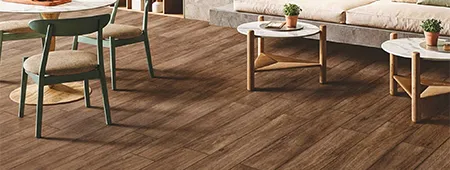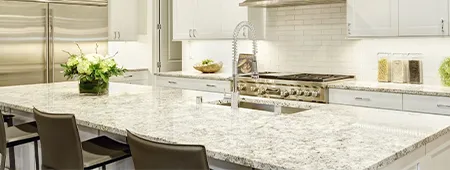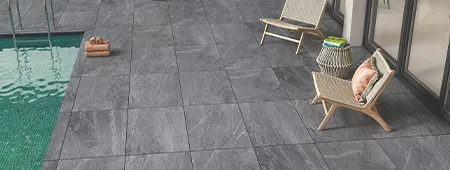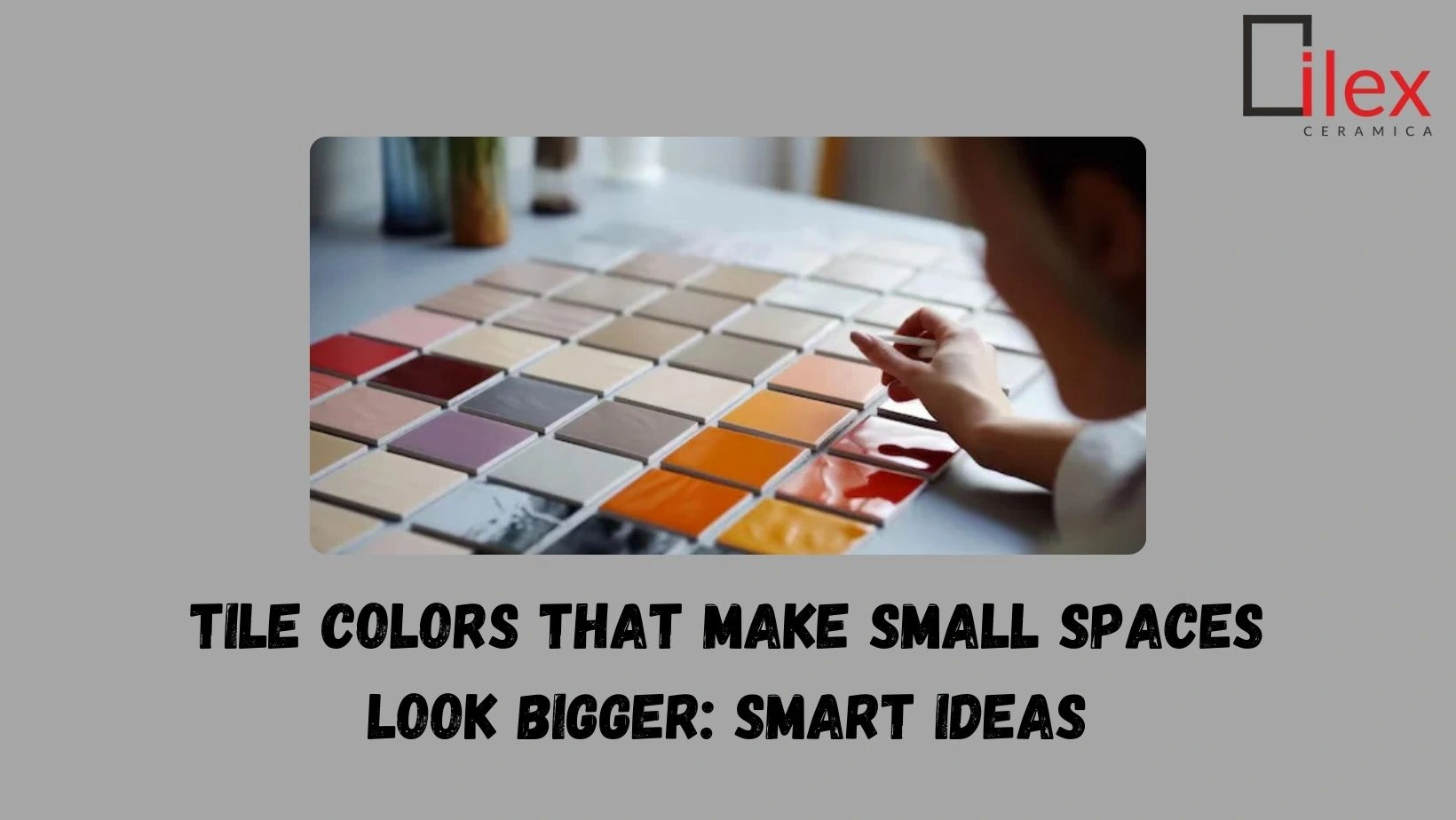07 April, 2025
In short, smart design is key to making the illusion of a larger space, and tile color is quite vital to this idea. One can use the right tile shades regardless of working with a small bathroom, a small kitchen and a cozy living room. This way you can add color to your interiors, bring them a little happier and more open and airy. These are some smart ideas to choose the tile colors and layouts that will make a small space look bigger.
Patterns That Maximize Space: Layouts, Sizes & Color
.webp)
The Role of Color
Second, the color of tile has a great effect on the perception of space. Light and neutral colors reflect light and a room will feel open, whereas darker colors make the room feel more intimate and enclosed. Choosing the right tile color can enhance brightness, improve visual continuity, and create the illusion of more space.
Large Format Tiles
Large tiles with minimalist grout lines are used to reduce visual clutter and give the feeling of a seamless room that is larger. So, for this effect, use 12x24, 12x12, 9x18, 16x32 inches or larger tiles.
Diagonal Tile Layouts
Laying tiles diagonally tricks the eye into seeing a space as wider than it is. This technique works particularly well in narrow hallways and compact bathrooms.
The Role of Light Reflection
Tiles that are lighter mean that more light will reflect and therefore the room will look brighter and bigger. Darker hues, on the other hand, absorb light and can make a room feel more enclosed. Glossy or polished tiles have a high reflectance, and natural and artificial lighting can thus amplify.
Maximizing Space with the Right Tile
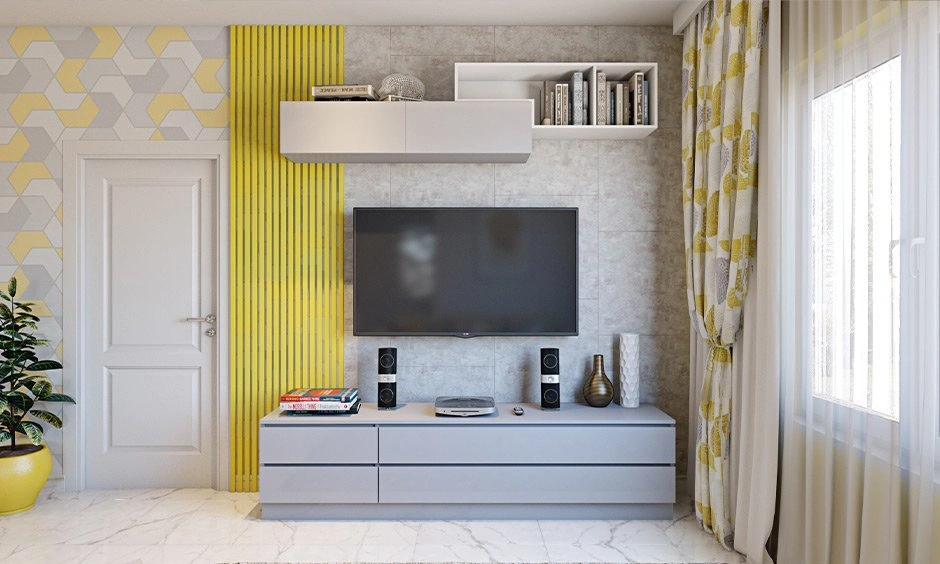
Vertical and Horizontal Arrangements
• Vertical tiling: Makes walls appear taller, adding height to the room.
• Horizontal tiling: Expands the space visually, making a narrow room feel wider.
• Vertical tiling: Tends to make walls appear taller, which increases the height of the room.
• Horizontal tiling: Visual space expands and therefore a narrow room appears to be wider.
Monochrome vs. Contrast: Which Works Best?
• Monochrome tiling: Creates a continuous and seamless visual effect.
• Contrasting tiles: Can define specific areas but should be used sparingly in small spaces.
The Importance of Matching Flooring and Wall Colors
Only by combining the use of floor and wall tiles will one achieve a cohesive look. The easiest way to do this is by using a single shade or similar colors on both the surfaces to create a sense of unbroken space. Too busy patterns should be avoided as it can create visual clutter and will not give the sense of openness.
Best Tile Colors for Small Spaces
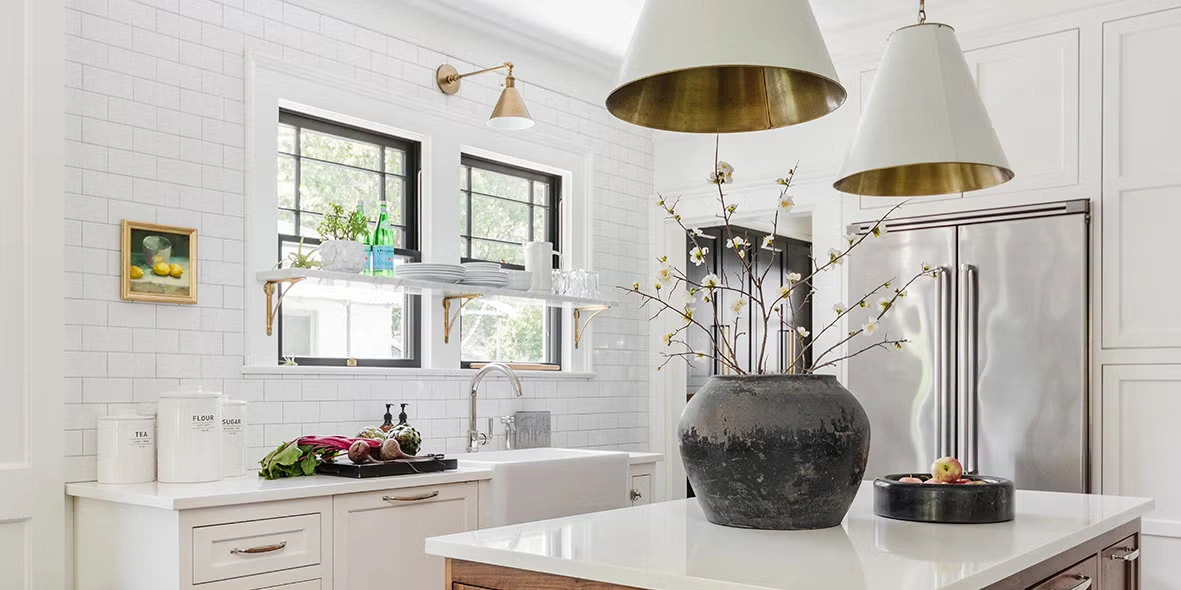
Classic White Tiles
Making small rooms look larger is best accomplished with white tiles. Light reflects from them the most, making the space appear bigger. White also cleans up and minimizes, allowing rooms to appear open, fresh and clean.
Soft Beige and Warm Neutrals
If you prefer a warmer look, opt for beige, cream, or soft tan tiles. These colors provide warmth while still maintaining the illusion of a spacious and airy environment.
Light Gray for a Modern Look
Light gray tiles add a little contemporary feel without making a room feel cramped. You can pair these very well in both bathrooms and kitchens and they blend in quite well with the many design styles.
Pale Blue and Pastel Hues
Soft blue or pastel colored tiles introduce a bit of color, without being too clamoring, yet still reflecting enough light to make the room feel like it has been opened up. Perfect for bathrooms, these colors will give you a spa-like ambiance.
Glossy Light Green Tiles
Soft green shade brings the touch of nature into the room without closing it. Use glossy finishes to make way for light reflection and brightness.
Tile Colors and Their Effects on Small Spaces
| Tile Color | Effect | Best Used In |
| White | Reflects light, enhances brightness | Kitchens, bathrooms, entryways |
| Beige, Taupe, Light Gray | Creates a warm, open feel | Living rooms, bedrooms, hallways |
| Pale Blue, Soft Green | Adds a refreshing, airy effect | Bathrooms, kitchens |
| Light Gray | Provides modern elegance without overwhelming | Minimalist and industrial spaces |
| High-Gloss Finish | Maximizes light reflection for a spacious feel | Small bathrooms, backsplashes |
| Large-Format Tiles | Reduces grout lines for a seamless look | Floors, walls |
| Diagonal or Herringbone Patterns | Creates depth and visual expansion | Narrow spaces, hallways |
| Monochromatic Schemes | Eliminates visual clutter for a unified space | Any compact area |
Additional Tips for Using Tiles to Expand Small Spaces
-
Use reflective tiles and light-colored grout to enhance the sense of openness.
-
Mix tile sizes strategically to create movement and prevent the space from feeling boxy.
-
Incorporate mirrors and lighting to amplify the effect of the tiles and brighten up the room.
-
Extending floor tiles onto the walls can blur boundaries and enhance the sense of openness.
Conclusion
Choosing the right tile colors can make a significant difference in how spacious and airy your small space feels. Light hues like white, beige, and soft gray create an open and reflective surface, while large-format and glossy tiles enhance the sense of depth. If you prefer a touch of contrast, subtle patterns and neutral tones with warm undertones can add character without overwhelming the space.
By selecting the right tiles from ilex Ceramica, you can transform your compact areas into stylish and visually expansive environments. Explore tiles collection to find the perfect tiles that blend functionality with modern aesthetics!

